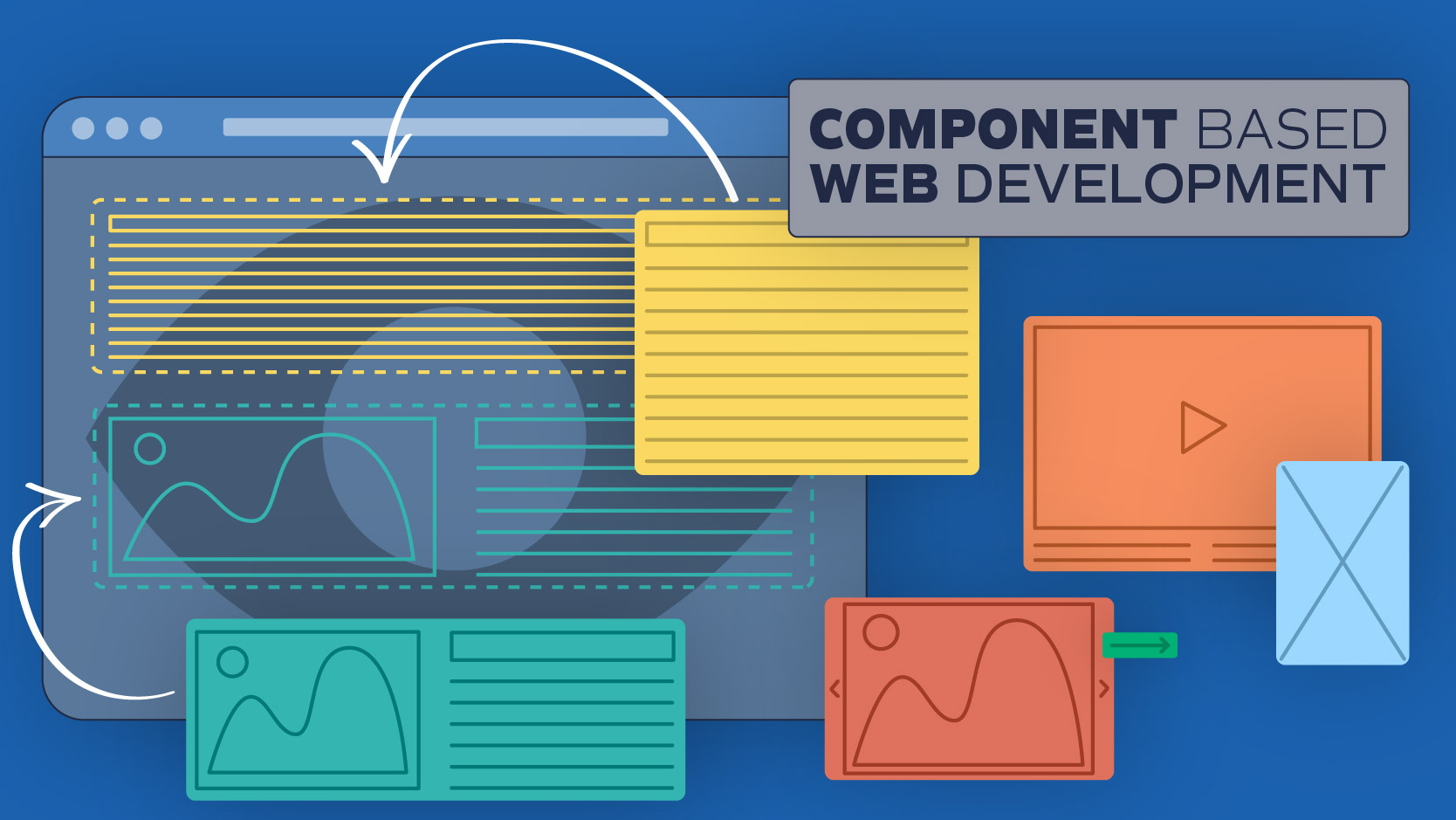The Rise of Component-Driven Development: Transforming......

The Rise of Component-Driven Development: Transforming the Future of Web Applications
What is Component-Driven Development?
Component-Driven Development (CDD) is a methodology that focuses on building web applications by creating reusable, self-contained components. These components encapsulate specific functionality and can be easily integrated, tested, and maintained. CDD emphasizes modularity, reusability, and scalability, making it an ideal approach for modern web development.
The Advantages of CDD
- Reusability: Components are designed to be reusable across different parts of an application or even across multiple projects. This reduces redundancy and accelerates development.
2. Scalability: With components, scaling an application becomes more manageable. You can develop and test
components independently, allowing for smoother updates and feature additions.
3. Maintainability: Isolated components are easier to debug, test, and maintain. This modular approach simplifies the
codebase, making it more understandable and less prone to errors.
4. Collaboration: CDD promotes collaboration among development teams. Different teams can work on different
components simultaneously, speeding up the development process.
Key Technologies in CDD
At Angrio Technologies, we leverage some of the most powerful tools and frameworks to implement CDD effectively:
- Angular: Angular's robust component-based architecture is perfect for building scalable and maintainable web applications. With Angular, we can create reusable components that enhance the overall efficiency of the development process.
- React: React's component-driven approach allows us to build dynamic and interactive user interfaces. React's virtual DOM and component lifecycle methods make it an excellent choice for high-performance web applications.
- JavaScript: JavaScript remains the backbone of web development. By combining JavaScript with frameworks like Angular and React, we can create powerful and flexible components that deliver exceptional user experiences.
Real-World Applications of CDD
1. E-Commerce Platforms
E-commerce platforms benefit significantly from CDD. By developing reusable components for product listings,
shopping carts, and checkout processes, we can create consistent and seamless user experiences across different
devices and platforms.
2. Enterprise Applications
Enterprise applications often require complex and scalable solutions. With CDD, we can build modular components for
dashboards, reporting tools, and data management systems, ensuring the application remains maintainable and
adaptable to changing business needs.
3. Single Page Applications (SPAs)
SPAs demand high performance and smooth navigation. Using CDD, we can create efficient components that handle
routing, state management, and data fetching, resulting in faster load times and a more responsive user interface.
The Future of CDD
The future of web development lies in the continuous evolution of Component-Driven Development. As the demand for more sophisticated and interactive web applications grows, CDD will play a crucial role in meeting these challenges. At Angrio Technologies, we are committed to staying at the forefront of this trend, constantly exploring new tools and techniques to enhance our development process.